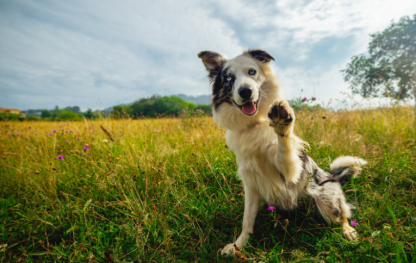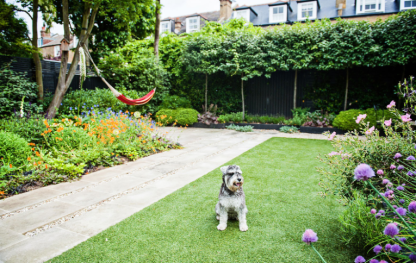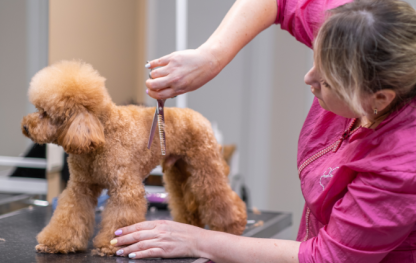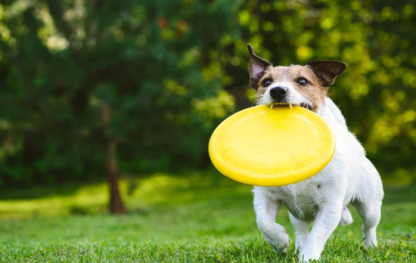The Role of Regular Exercise in Maintaining Your Dog’s Health
Exercise is one of the simplest yet most powerful ways to keep your dog happy, healthy, and well-behaved. Just like people, dogs need consistent physical activity to stay in good shape—both physically and mentally. For women balancing busy lives, careers, and family responsibilities, making time for your dog’s daily exercise routine can feel like just another task. But in reality, it’s a gift—for your dog, and for you.
Regular exercise goes beyond helping your dog burn off energy. It supports cardiovascular health, strengthens muscles and joints, and helps maintain a healthy weight. Active dogs are less likely to suffer from obesity-related issues such as diabetes, arthritis, or heart disease. Whether it’s a walk around the block, a game of fetch, or a jog through the park, movement helps keep your dog’s body strong and their immune system functioning at its best.

1. Supports Mental Stimulation and Behavior
Physical activity isn’t just about the body—it’s also critical for the mind. Dogs are curious and intelligent animals who thrive on stimulation. Without it, boredom can lead to unwanted behaviors like excessive barking, chewing, digging, or hyperactivity. A well-exercised dog is generally calmer, more focused, and easier to train. Even something as simple as a daily walk offers opportunities for new smells, sights, and sounds that help satisfy your dog’s natural instincts and curiosity.e nearby. Gradually build up to longer periods, ensuring your dog remains calm and relaxed throughout the process. Never force your dog into the crate or use it for punishment, as this will create fear and resistance.
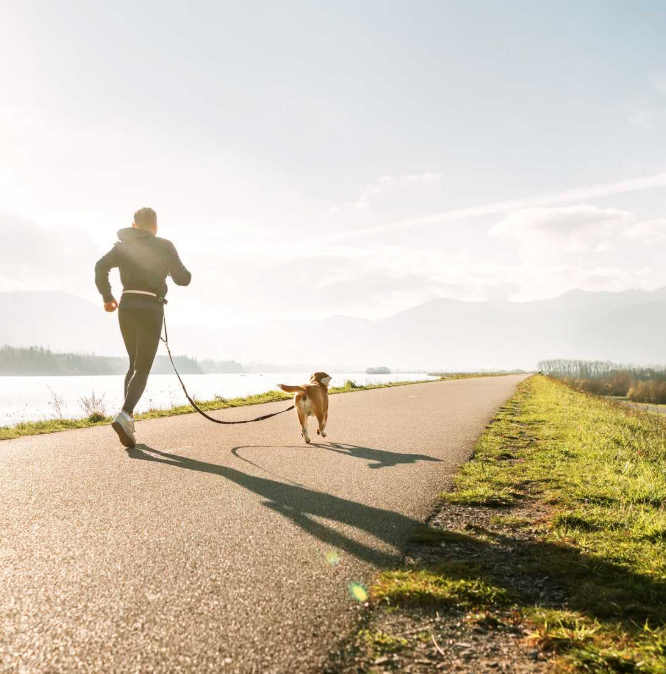
2. Strengthens Your Bond
Exercise is one of the best ways to build trust and connection between you and your dog. Whether you’re walking, playing, or exploring nature together, shared movement deepens your bond and reinforces your role as your dog’s leader and companion. It also helps establish routines and structure—both of which dogs crave. These daily moments together offer not only physical benefits but emotional connection, which is just as essential to your dog’s overall well-being.
3. Tailor Activity to Your Dog’s Breed and Age
Not all dogs have the same exercise needs. A high-energy breed like a Border Collie or Labrador may need much more activity than a smaller or older dog. Puppies require shorter bursts of play and walks to avoid overexertion, while senior dogs may benefit from gentle movement like strolls or swimming to maintain joint health. Pay attention to your dog’s signals—panting, slowing down, or disinterest in activity can indicate they’re tired or need a break. Always consult your vet if you’re unsure about your dog’s fitness routine.

Final Thoughts
Exercise is one of the most powerful tools in supporting your dog’s health—and it’s one of the most rewarding. By committing to regular movement, you’re not only extending your dog’s lifespan but enhancing their quality of life. And in return, you get the joy of a more relaxed, healthier, and happier companion by your side.
